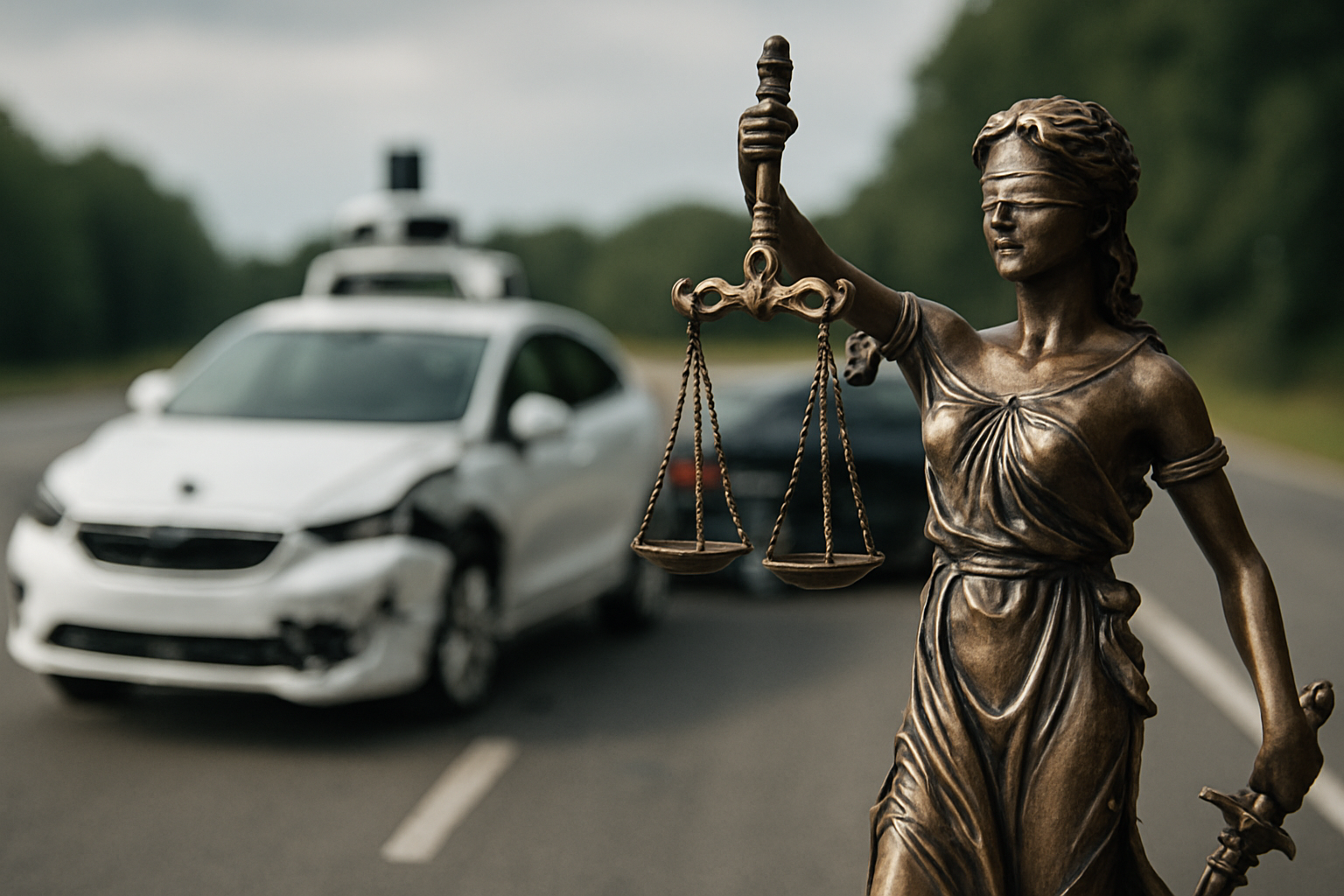The Legal Labyrinth of Autonomous Vehicles
Introduction: As self-driving cars inch closer to reality, a complex web of legal questions emerges. This article delves into the intricate legal landscape surrounding autonomous vehicles, exploring the challenges lawmakers and courts face in adapting existing frameworks to this revolutionary technology.

Liability in the Age of Self-Driving Cars
One of the most pressing legal issues surrounding AVs is determining liability in the event of accidents. Traditional automotive law typically assigns fault to human drivers, but AVs introduce new complexities. Should liability fall on the vehicle manufacturer, the software developer, or the human occupant who may not be actively controlling the vehicle? Some legal experts propose a shift towards a product liability model, while others advocate for new forms of insurance that account for the unique risks posed by AVs. Courts have yet to establish clear precedents in this area, leaving much uncertainty for all stakeholders.
Data Privacy and Cybersecurity Concerns
AVs generate and process vast amounts of data, raising significant privacy and security concerns. Legal questions abound regarding who owns this data, how it can be used, and how to protect it from malicious actors. Lawmakers must grapple with balancing the need for data collection to improve AV performance with individuals’ rights to privacy. Additionally, the potential for cyberattacks on AVs presents novel legal challenges in terms of liability and criminal prosecution. As AVs become more connected and reliant on external systems, the legal framework must evolve to address these emerging threats.
Ethical Dilemmas and Algorithmic Decision-Making
The programming of AVs raises profound ethical and legal questions. How should an AV be programmed to respond in unavoidable accident scenarios? Should it prioritize the safety of its occupants or minimize overall harm? These ethical dilemmas have legal implications, as courts may need to assess the reasonableness of an AV’s decision-making algorithms. Some jurisdictions are considering legislation that would require transparency in AV decision-making processes, allowing for scrutiny of the ethical frameworks embedded in these systems.
Regulatory Challenges and International Harmonization
As AVs transcend national borders, the need for international regulatory harmonization becomes apparent. Differences in traffic laws, liability regimes, and safety standards across countries pose significant challenges for AV deployment. Efforts are underway to develop international standards, such as the United Nations Economic Commission for Europe’s work on automated driving regulations. However, bridging the gap between different legal systems and cultural approaches to road safety remains a formidable task. The success of AVs on a global scale will depend on the ability of nations to find common ground in their legal and regulatory approaches.
The Road Ahead: Adapting Legal Education and Practice
The emergence of AVs is not only changing the law but also how legal professionals approach their work. Law schools are beginning to offer courses on AV law, recognizing the need to prepare future lawyers for this evolving field. Legal practitioners are developing new specialties, combining expertise in areas such as product liability, intellectual property, and cybersecurity to address the multifaceted legal issues posed by AVs. As the technology continues to advance, the legal profession must remain agile, constantly updating its knowledge and skills to navigate this new terrain.
In conclusion, the legal challenges presented by autonomous vehicles are as complex as they are numerous. From liability and privacy concerns to ethical dilemmas and regulatory harmonization, the legal system faces a steep learning curve in adapting to this transformative technology. As AVs move from testing phases to widespread deployment, the coming years will be crucial in shaping a legal framework that balances innovation with safety, privacy, and ethical considerations. The journey towards a comprehensive legal regime for autonomous vehicles promises to be as winding and unpredictable as the roads these vehicles aim to navigate.





